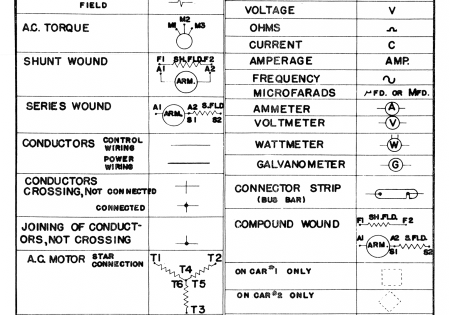In this Readers’ Platform, your author describes smarter AI-based tools for elevator techs
by Alon Kichin
Field work isn’t getting any easier. Techs are expected to move fast, fix it right the first time and deal with everything from legacy equipment to site-specific oddities — often without the one thing they really need: clear, reliable information. Sure, there’s the binder in the truck or the PDF on the phone, but finding that one page you need is another story.
The Real Cost of “Where’s That Manual?”
Ask around, and you’ll hear the same thing: Too many service hours are spent not turning a wrench but digging. One technician I spoke to called it “maintenance hide and seek.” Whether it’s a wiring diagram for an old door operator or the reset sequence for a newer controller, it often takes longer to find the information than to do the fix. According to one internal study, elevator technicians spend 25–30% of their time searching for documentation — and that’s assuming they know what they’re looking for. For newer hires, that number can spike even higher.
And when the right answer isn’t easily available, you get callbacks, frustrated clients and, sometimes, a second truck roll. It adds up.
Imagine This
You’re on-site at a low-rise residential building. The job card says “car not leveling,” and the system is an older controller you haven’t worked on in a while. The manual is somewhere in a 400-page PDF, page number unknown. The senior tech who’s seen this issue before is off today.
What if you could just ask your phone, “How do I troubleshoot a leveling fault on this panel?” and instantly get the relevant steps pulled from your company’s manual, with a page reference.
What if you could get just the right procedure from your team’s own documentation? That’s the idea behind a new class of tools that some elevator contractors are starting to explore.
Over the past year, a few independent elevator firms — most of them run by smaller teams that run lean — have quietly started to roll out AI-powered search tools for their techs.
These aren’t big software systems. Think of them more like a smart index: a way to turn your existing standard operating procedures (SOPs), service notes and manuals into a tool that gives answers — fast. Techs can ask questions in plain English and get replies pulled from real data.
These tools aren’t about replacing anyone. They’re about getting the best use out of the people you already have and not losing your “tribal knowledge” when your most experienced guys retire.
What’s the Payoff?
Some companies using these tools have reported:
♦ Troubleshooting time cut by 30–50% on jobs where uncommon issues come up
♦ First-time fix rate jumps of 15–20% for newer techs
♦ Fewer phone support calls, freeing up senior techs for more critical jobs
♦ Better onboarding, since new techs can learn directly from the SOPs in the field
Getting Started: Don’t Overthink It
You don’t need a big IT rollout to try this. One company I worked with started by uploading just five of their most-used manuals. That alone helped cut down call-in support by nearly 40% on certain jobs. Another added site-specific service notes (e.g., “Breaker is in closet behind laundry room.”) and their callbacks dropped immediately.
The key: Start small, solve a real headache and build from there. And because these tools don’t touch customer data and run on your documentation, compliance isn’t a concern. Techs just get a better way to do what they’re already doing, only faster.
Why This Matters Now
Here’s the truth: Every elevator company already has what they need to make this work. You’ve got decades of manuals, SOPs, notes and experience. It’s just scattered. The only difference between those ahead of the curve and those catching up is whether that knowledge is searchable.
As labor gets tighter and systems get more complex, the companies that equip their techs with better tools — not just greater pressure — are the ones that will stay ahead. It’s not about fancy tech. It’s about field-ready tools that let your team do their job right — on the first visit, every time.
Get more of Elevator World. Sign up for our free e-newsletter.










